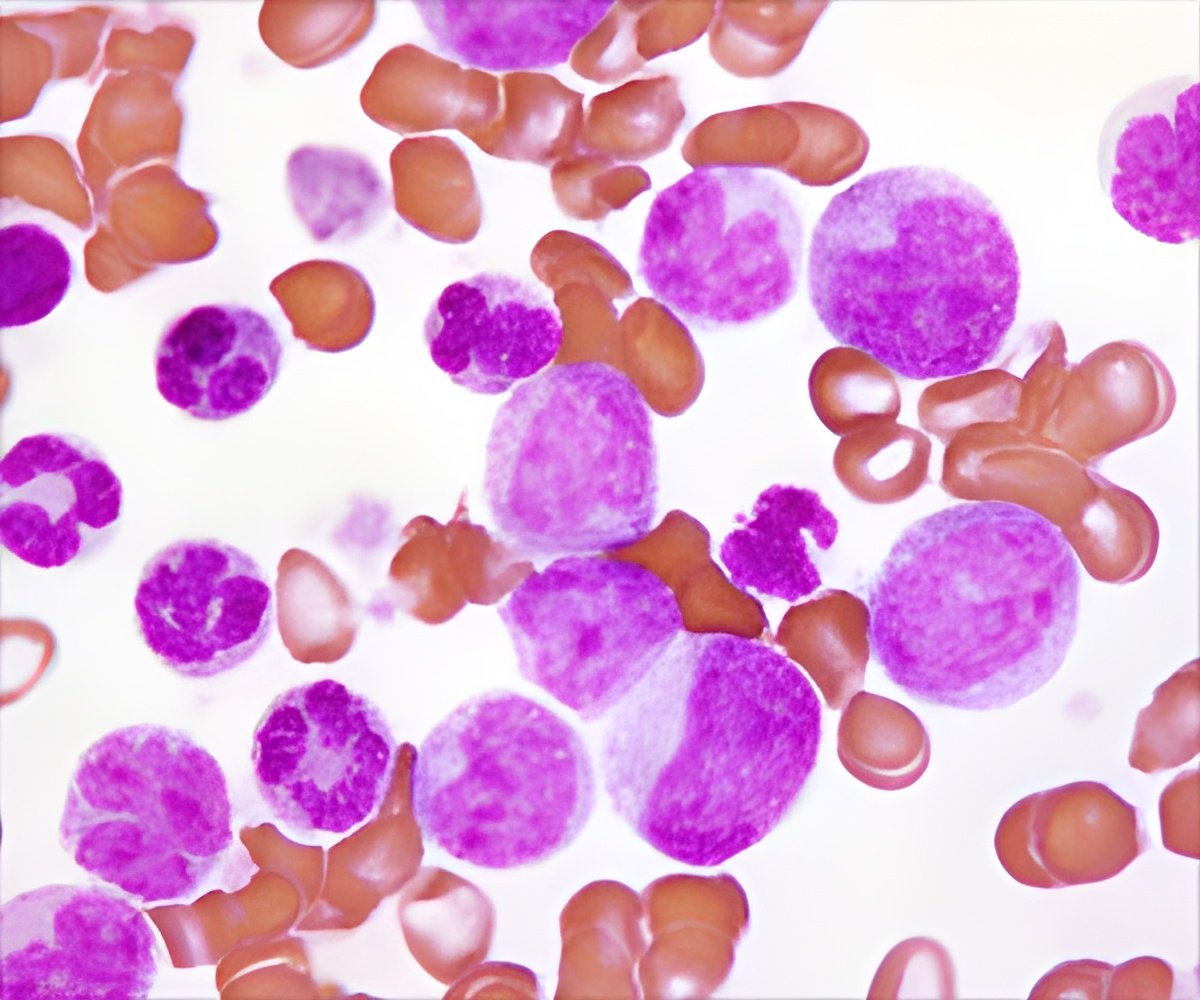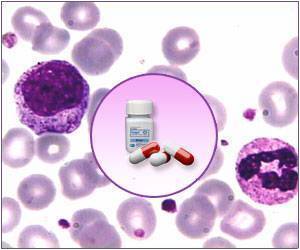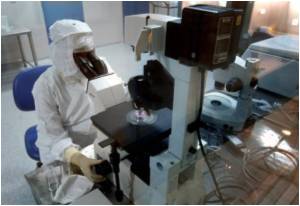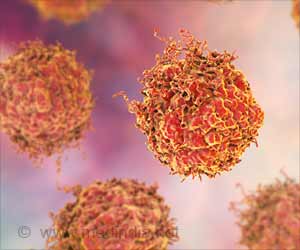Acute Myeloid Leukemia has at least 11 different diseases, and that genetic changes explain differences in survival among young patients with the condition.

‘Patients have a unique combination of genetic changes that causes leukemia. The discovery of the 11 subtypes could help design new clinical trials to develop the best treatments for each leukemia subtype.’





The findings of the study could improve clinical trials for testing and developing new AML drugs and change the way patients are diagnosed and treated in future, said the researchers. "We have shown that AML is an umbrella term for a group of at least 11 different types of leukemia," said Peter Campbell, who co-led the study from Britain's Wellcome Trust Sanger Institute. "We can now start to decode these genetics to shape clinical trials and develop diagnostics."
"What we can clearly see is that a large proportion of what will happen to a patient is written and encoded in the genetic profile of that patient's leukemia," he added.
Treatment of AML often involves months of intensive chemotherapy in the hospital, but there are large variations in patient survival rates.
The researchers analyzed 1,540 patients with AML. They studied more than 100 genes known to cause leukemia and aimed to seek out common genetic themes behind the development of the disease.
Advertisement
This genetic complexity explains why AML shows such variability in survival rates, said, researchers.
Advertisement
“Having full knowledge of the genetic make-up of a patient's leukemia substantially improved the ability to predict whether that patient could be cured with current drugs.”
Such information could also be used to design new trials to develop the best treatments for each AML subtype, she added.
The study is published in the New England Journal of Medicine.
Source-Medindia













